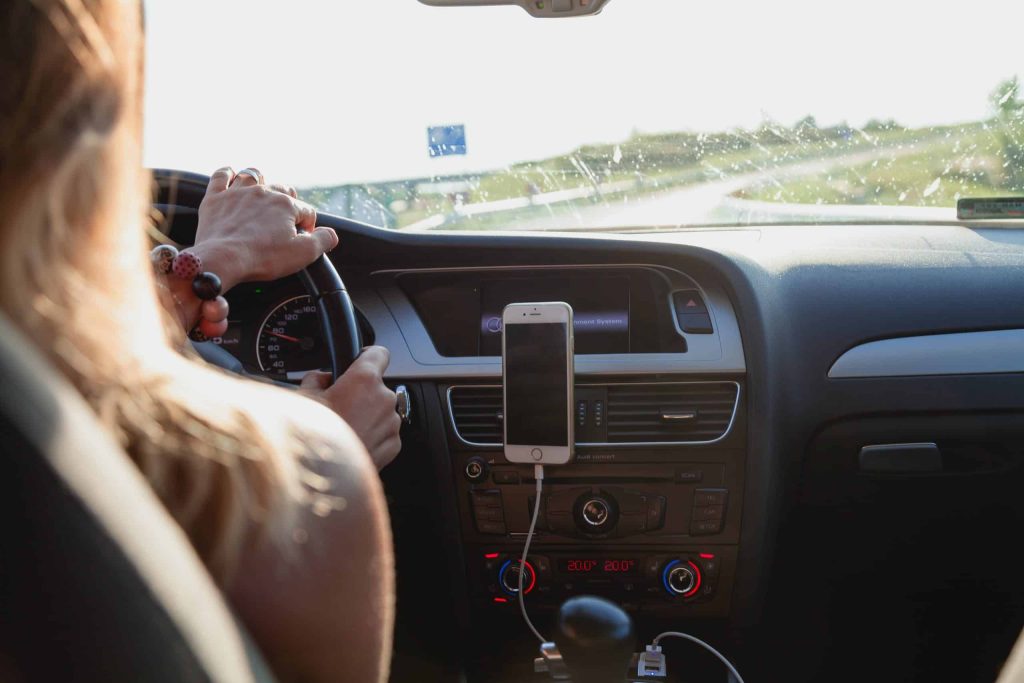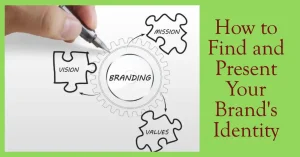While driving on Florida’s roads, more than 1 in 4 vehicles beside you might be operated by an uninsured driver. This alarming statistic, stemming from Florida’s status as the state with the highest percentage of uninsured drivers in the U.S., underscores the importance of understanding the state’s insurance mandates.
Given this high rate of uninsured drivers, it’s paramount to grasp Florida’s insurance requirements. In the Sunshine State, before you even think of registering your vehicle, there are specific insurance coverages you must have in place. This isn’t just a bureaucratic step; it’s a protective measure.
The Reality of Uninsured Motorists in Florida
With approximately 26.7% of all drivers being uninsured, Florida holds the dubious distinction of having the most uninsured motorists in the United States. This means that every time you hit the road, there is a 1 in 4 chance that the vehicle next to yours is being operated without insurance coverage.
The implications of this statistic are frightening. Uninsured drivers not only fail to carry required liability coverages to pay for damage and injuries to others, but they also lack collision and comprehensive coverages to fix their own vehicles. This creates a precarious situation for all road users.
To add to the problem, many uninsured drivers are also unlicensed and unregistered. Uninsured drivers average around 3.2 traffic violations per year, compared to just 2.4 violations for insured drivers. The high rate of uninsured motorists makes Florida roads more hazardous for everyone.
Understanding Florida’s Mandatory Auto Insurance Coverages
Before registering a vehicle in Florida, proof of the following minimum auto insurance coverages is required:
Personal Injury Protection (PIP): Covers 80% of medical expenses up to $10,000 for injuries sustained in an accident, no matter who is at fault. However, PIP won’t cover everything, leaving you vulnerable to substantial out-of-pocket costs. There are often caps on certain medical services as well.
Property Damage Liability (PDL) Coverage: Pays for damage to another person’s vehicle or property if you, or someone driving your insured car, causes an accident. The minimum PDL requirement in Florida is just $10,000. This is woefully inadequate if you cause a major accident that totals multiple vehicles.
While mandatory, these minimums are far from comprehensive. Bodily injury liability and uninsured/underinsured motorist coverage are glaring omissions. Relying solely on the minimum required insurance leaves you seriously exposed.
If you are uninsured and involved in an accident in say, Columbia, contacting an experienced truck accident lawyer Columbia SC can help protect your rights and seek fair compensation.
Optional but Crucial Insurance Coverage
To fully protect yourself on Florida’s roads, carrying more than the minimum required insurance is essential. Key optional coverages include:
Bodily Injury Liability (BIL) Coverage: Pays for injuries you cause to others in an accident if you’re at fault. Florida has no minimum requirement, but experts recommend $100,000 per person and $300,000 per accident. This helps safeguard assets if you cause permanent disability or death.
Uninsured/Underinsured Motorist (UM/UIM) Coverage: Provides protection if you’re hit by a driver with no or insufficient liability insurance. Carrying this optional coverage is vital given Florida’s high rate of uninsured motorists. It helps cover medical bills, lost wages and pain/suffering.
Collision and Comprehensive Coverage: Collision pays for damage to your vehicle from an accident, regardless of fault. Comprehensive covers damage from other events like theft, vandalism or severe weather. Carrying both ensures your vehicle investment is protected.
Steps to Take When Confronted with an Uninsured At-Fault Driver
Now, imagine being in an accident and finding out the other driver is one of the 26.7% without insurance. What do you do next? The steps you take can significantly impact your recovery, both health-wise and financially. Moreover, ensuring you’re always insured is not just about protecting others; it’s about safeguarding yourself from hefty penalties.
Here are the key steps to take if the at-fault driver is uninsured:
- Move vehicles to safety and call the police. Leaving vehicles in an unsafe position could lead to further accidents. Position vehicles safely off the road and turn on hazard lights.
- Gather evidence. Take clear, well-lit photos of all damage sustained, injuries, vehicle positions, and the whole scene from multiple angles. Also get contact details of any witnesses who saw the accident. Police reports containing all driver/vehicle details are vital.
- Seek medical attention immediately, even for seemingly minor injuries. Adrenaline after an accident can mask serious issues. Getting prompt treatment also documents injuries in your record. Delays can negatively impact claims.
- Report the accident to your insurance company within 24 hours or as required by your policy. Provide all evidence and clearly state the other driver was uninsured. This starts your claim process.
- Consult an experienced personal injury attorney. They can advise if you have grounds to file a lawsuit against the uninsured driver to recover damages. An attorney can also help maximize compensation through your own policy.
Navigating the Aftermath of an Accident with an Uninsured Driver
After an accident with an uninsured driver, your insurance policy can provide vital coverage, but only if you carry the right protections:
Injuries: Your medical payments, PIP and UIM coverages will pay for treatment, up to applicable limits. PIP won’t cover all costs though, so UIM and med pay fill gaps. An attorney can help get additional compensation if warranted.
Vehicle Damage: Collision coverage will pay for repairs or total loss. Without it, you must bear the full cost of repairs or replacement value out of pocket, or try suing the at-fault driver.
Other Damages: An attorney can pursue compensation for lost wages, permanent disabilities, pain and suffering, etc. UM coverage may help fill gaps if damages exceed the other driver’s coverage or personal assets.
Consult experienced counsel on:
- Strategies to get insurers to pay fair settlements for your covered losses.
- When and how to file a personal injury lawsuit against an uninsured at-fault driver.
- Your options if the uninsured driver can’t fully pay a judgment awarded by a court. This may include wage garnishment or asset seizure.
Even with insurance, legal help maximizes recovery. Attorneys have experience negotiating with insurers and pursuing all options against underinsured drivers.
Frequently Asked Questions
What if the at-fault driver offers money at the accident scene to avoid police involvement?
Avoid accepting cash on the spot. This could be construed as settling your claim and jeopardize insurance recovery and legal options later. Gather evidence and let your insurer and attorney address compensation.
How does Florida’s status as a no-fault state impact accidents with uninsured drivers?
In no-fault states like Florida, your own PIP coverage pays medical expenses regardless of fault. But for uninsured drivers, you can still pursue injury claims against them through liability coverage or personal assets.
Can I sue an uninsured driver for damages and medical expenses?
Yes. An experienced attorney can file a lawsuit against the at-fault uninsured driver to recover damages like medical bills, lost income, vehicle repairs, pain and suffering, etc. from their personal assets.
Key Takeaway
Being adequately insured and proactive after an accident with an uninsured driver can optimize your physical, emotional and financial recovery. Consult experienced legal counsel to protect your rights and maximize compensation.




